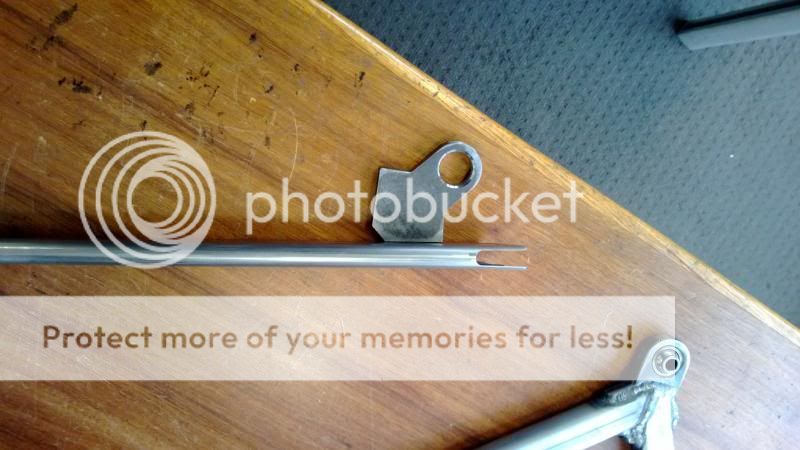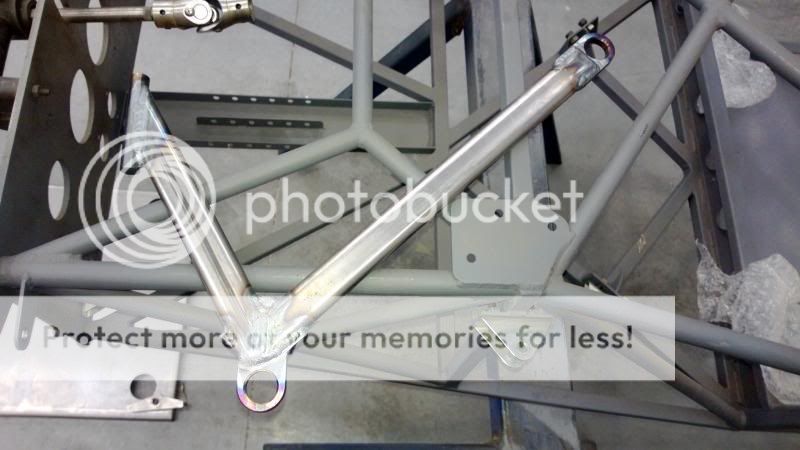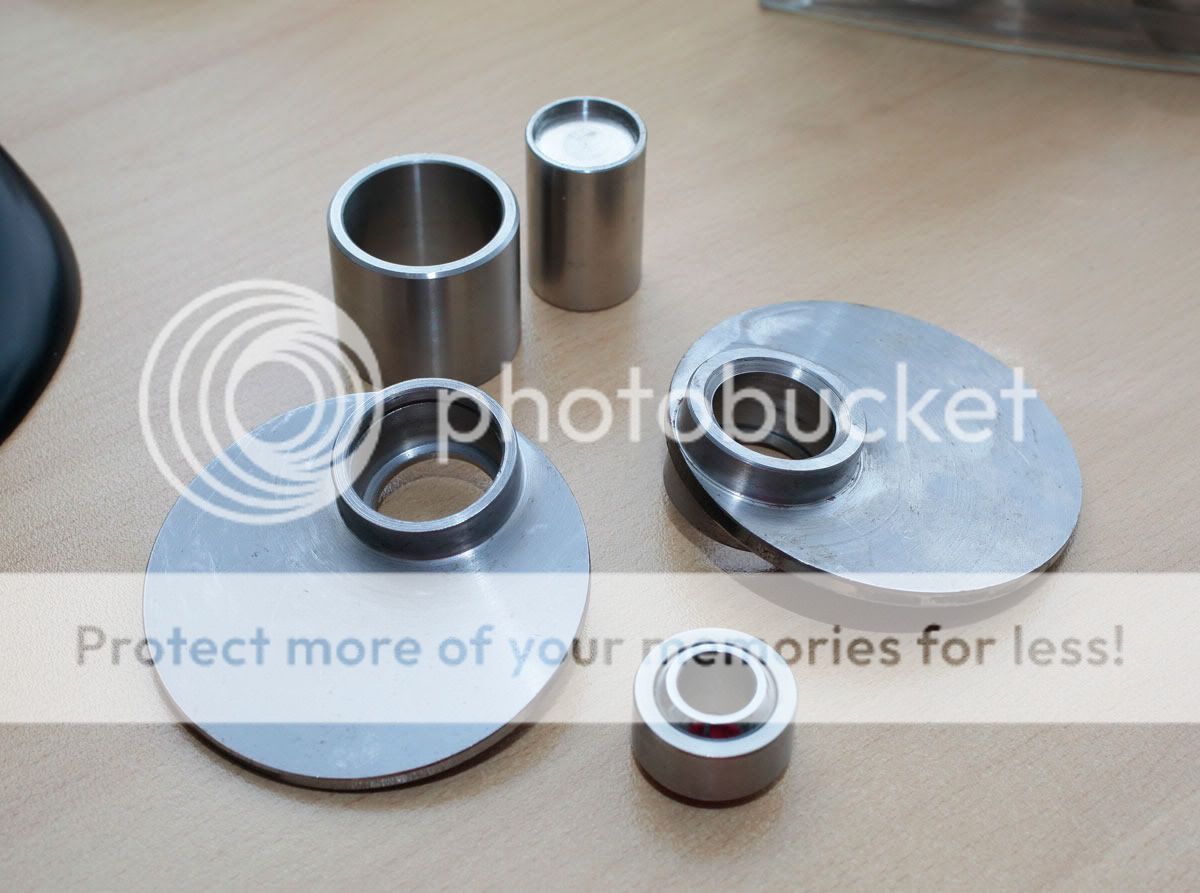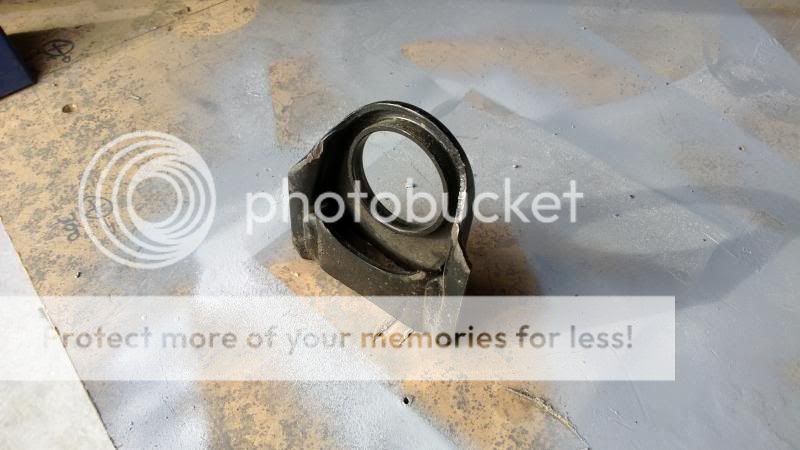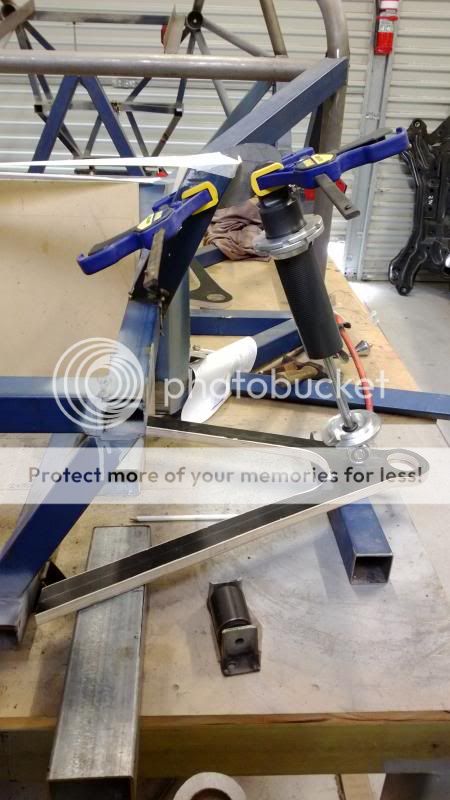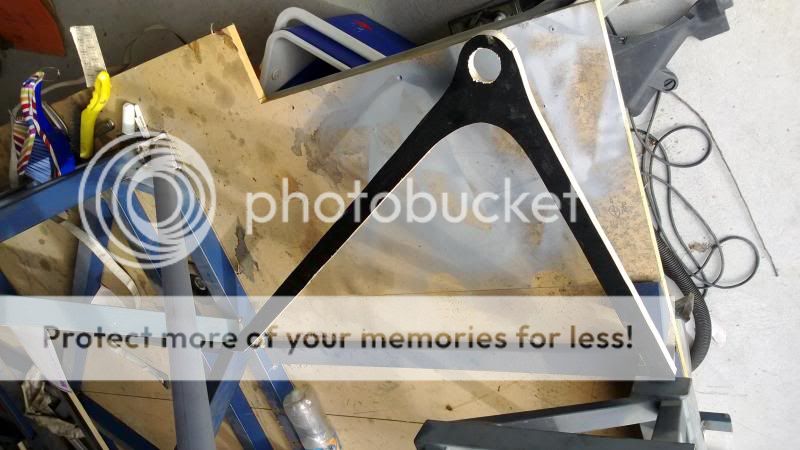couple more thoughts - and congratulations to Kikki for a neat solution.
Neil ,you either didn't mention camber adjustment or I missed it. In reality I think most suspension links have lots of nasty bending loads because if you use a threaded ball joint to do camber adjustment then the arm axes will not be at the BJ centre etc. The need for steering lock adds to this and if you use long radius arm it needs to be clear of the front wheel swing so it often picks up back along the lateral link ( Brabham etc.)
There is one other thing you COULD do but if you want to finish your car I dont suggest it!
You can use two seperate lower arms which attach to the hub in two places , giving a virtual pivot point. I think BMW did this once on road car. The advantages are
1) you can use two straight , light arms with a threaded BJ fiting so as to get pure tension/compression in the arms AND adjust camber.
2) You can get more lock ( or a wider wishbone base) because as the wheel rim approaches that arm that arm is being moved away from it by the geometry.
3) You can mitigate against the tendency of high camber angles adding negative camber at high lock angles because the virtual centre point can be made to migrate inwards as lock builds up
Now thats al very well but Greg etc can probably mention a dozen reasons why its more trouble than its worth. If he is efeling very kind he might tel me whether better kinematics control with soft bushings is of any possible benefit!
PS I did mis it, your camber adjustment is at the chasis end of the forward arm I think!
Edited by mariner, 24 July 2013 - 15:19.
